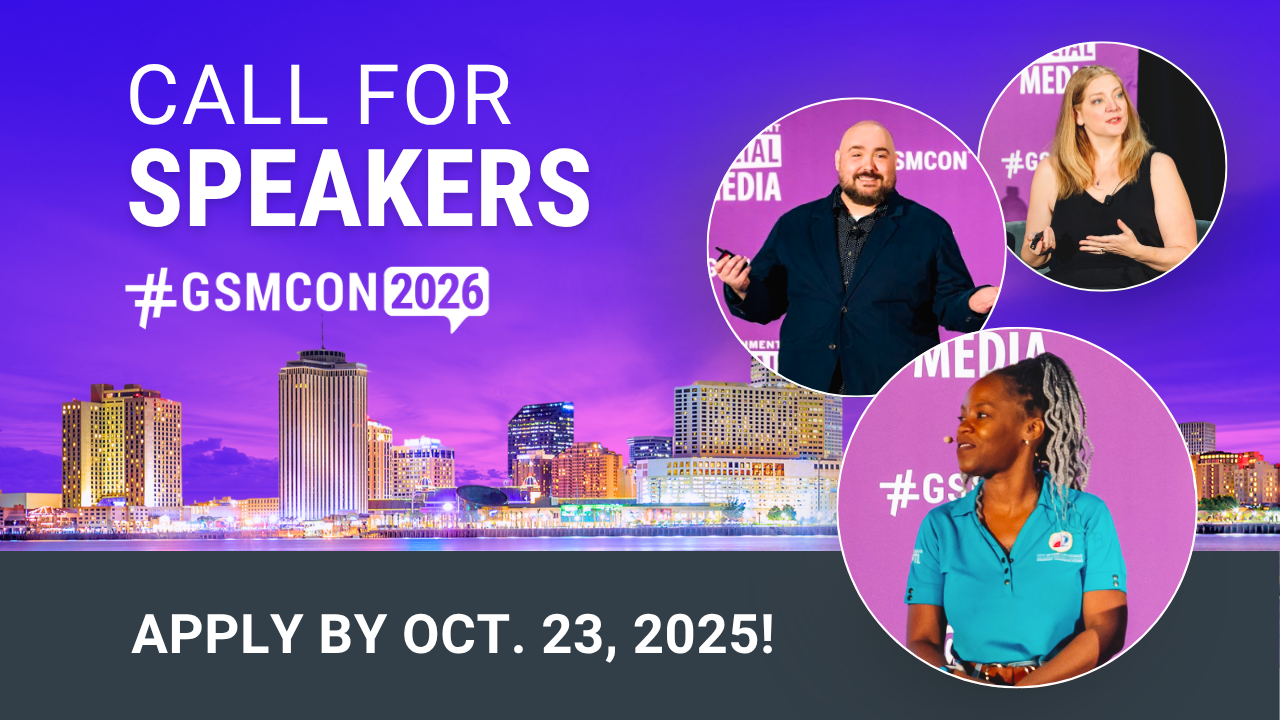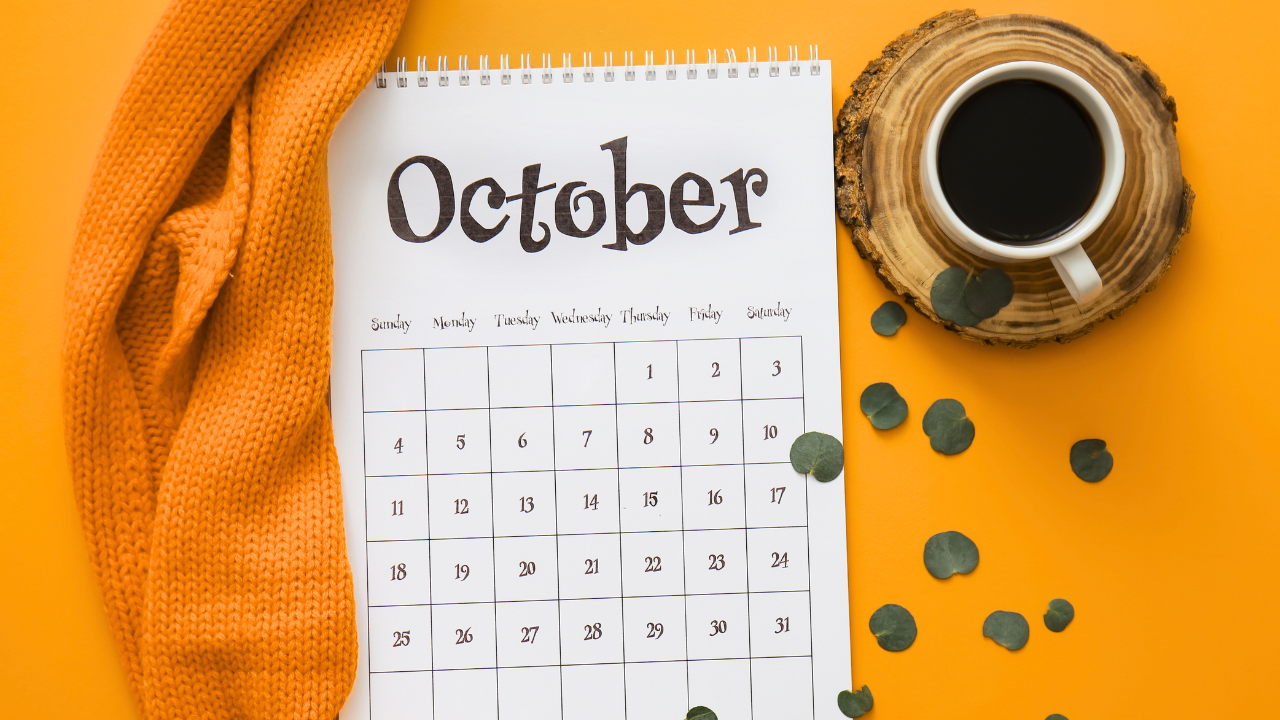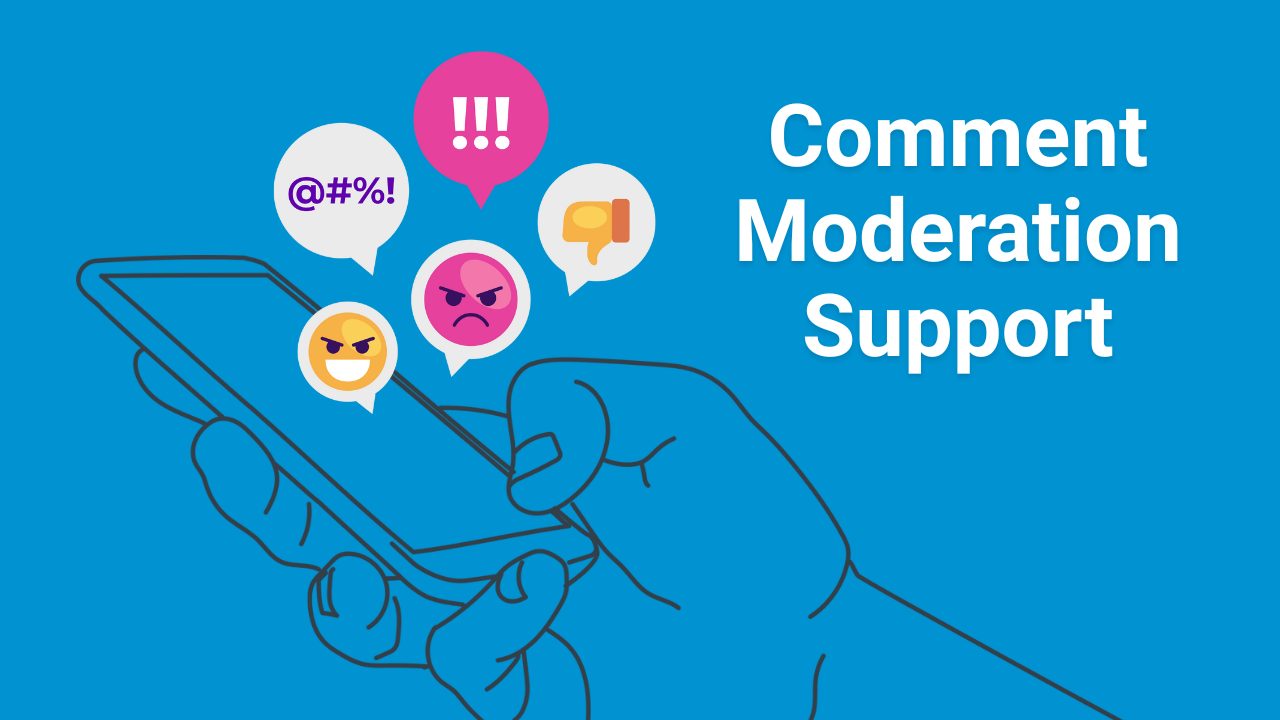
5 social media strategies governments can use to embrace diversity, equity, and inclusion
Jun 08, 2023Contributed blog by Angie Ramirez, Freelance Writer at Government Social Media
When it comes to building a strong sense of community, representation matters.
As government communicators, it’s our job to keep our residents informed, engaged and connected. And, that means creating content that is accessible to all and reflective of our diverse communities.
Platforms like Facebook, Instagram, Twitter, Nextdoor and TikTok are powerful tools for sharing important information – everything from PSAs to crisis communications, public meeting notices, service updates and more. Ensuring this information is accessible to all members of the community is key.
By embracing the values of diversity, equity, and inclusion (DEI), governments can better serve the public. In addition to guiding governments to create accessible content, DEI values can also help build credibility with residents, boost community pride and increase trust through transparency.
Below I’ve outlined some of my top tips on how governments can prioritize diversity, equity and inclusion on social media. Before you continue reading, I just want to note that these are only five of my top tips — there are many more practices, education and additional strategies that could potentially be beneficial at your agency to reach your community. Always continue researching, involving diverse voices at the table and practicing social listening to help advance DEI at your agency for your entire community.
1. Provide closed captions
As a social media manager for a large city, ensuring all videos have captions is a requirement in my SOP. Captions help make audio more accessible to individuals who are deaf or hard of hearing. While some social media sites now offer auto-generated captions, I recommend always editing the captions manually. Please note that you can also add burnt-in captions before posting the video, however, this is not accessible for people with assistive technology.
Adobe Premiere Pro offers an easy way to add subtitles/captions to a video. Instagram and TikTok also offer in-app caption options that can easily be edited for accuracy. Make sure your captions are easy to read, and add a contrasting background or drop shadow to the text if needed to increase readability.
In addition to making videos more accessible, closed captions can also increase watch time. Remember that not everyone watches social media videos with sound. A 2019 Verizon Media study reported that 69% of consumers watch videos without sound in public places, and 80% are more likely to watch the entire video when captions are available.
Lastly, ensuring your videos are accessible can help protect your organization from legal liabilities. Adding closed captions to all videos before posting on social media is a best practice for any government organization.
2. Incorporate alt text
Adding alt text for images is another essential step to making social media content more accessible. Alt text is a written description of a visual/image that can be read by a screen reader. Individuals who are visually impaired can use a screen reader to scan images for alt text and receive an auditory description of what the image contains. Alt text also increases accessibility for individuals that have slow internet or low signals and are unable to load the full image.
Adding alt text is especially important if you are sharing graphics with words on them. Remember that JPGs are not accessible to individuals who are blind or visually impaired unless they have alt text. As a best practice, I recommend including any important information (i.e. the date/time of an event) in the caption of the post in addition to the graphic.
Most social media platforms provide auto-generated alt text; however, the descriptions may be vague. To ensure content is accurate and accessible, it’s best to add your own alt text consisting of the length you need to accurately describe what your audience needs to know. Here are some examples:
Example 1: Short and impactful alt-text for simple images
This tweet from the @POTUS account features alt text that reads, “A worker holds their helmet.” This alt text is simple but explains the content of the image.

This tweet from the @CDCEnvironment account include alt text that reads, “A flooded road with text that says, ‘Flood Safety: Turn around, don’t drown!’”

Whenever there is text on a social media graphic, it’s important to include that text in the alt text too so that it can be accessible to a screen reader.
Example 2: Longer and more descriptive alt-text for complex images
This tweet from @NASA includes alt-text that reads: “A Rocket Lab rocket seconds after liftoff from the launch pad. The ground-level view shows the fiery thrust propelling the rocket upward as smoke billows to the sides. The rocket has black and white segments. The background is the deep blue sky. Credit: Rocket Lab”

Need help adding alt text? Check out these guides on how to add alt text on Facebook, Instagram, and Twitter.
3. Ensure diversity in images & visuals
Using diverse images on government social media accounts is especially important to promote inclusivity and appeal to the entire community. By using diverse images, governments can ensure their content reflects the fabric of the community they serve. This also helps demonstrate the organization’s commitment to diversity, equity and inclusion, building trust and promoting a sense of belonging amongst all residents.
Communities are made up of individuals from all backgrounds, ethnicities, ages, and much more. When you choose images for social media posts, be mindful that the images are diverse. This can help create a welcoming online presence that reflects the diversity of the community. Using diverse images (including stock photos) can also help challenge stereotypes and promote positive social change.
Here are just a few resources you can use to be more inclusive:
4. Use inclusive language
Along with choosing inclusive visuals, it’s also important to use inclusive language. Inclusive language can help make government social media accounts more personable, relatable and welcoming.
One rule of thumb is to avoid gendered language. For example, instead of using “garbageman,” government social media professionals can use “sanitation worker.” In government, there are a lot of jobs that have traditionally been gendered — like fireman, policeman and lineman. Instead, using gender-neutral terms can help government accounts promote inclusivity in male-dominated industries, working to counteract stereotypes and break barriers to gender inequality. This also avoids assuming or misidentifying someone’s gender.
Another consideration is the use of person-first vs identity-first language when referring to individuals with disabilities. Person-first language emphasizes the person over their disability by using terms like "person with autism." However, some within the autism community have raised concerns about person-first terms, finding them awkward and drawing excessive attention to the disability. Identity-first language, on the other hand, embraces all aspects of one’s identity, including disabilities, by using terms like “autistic adult.” A recent abstract looked at this ongoing debate, reporting that a study conducted in the United States found the majority of surveyed autistic adults preferred identity-first language, while professionals in the autism community were more likely to use person-first language. As government social media professionals, it’s important to consider the language preferences in our own communities and adjust accordingly through social and cultural listening.
By using inclusive language that embraces people of all backgrounds and identities, governments can establish a welcoming online presence that values the diversity of its community.
5. Reach all areas of your community
Last but not least, government communicators have the important task of ensuring their messages reach all areas of the community. This includes creating content that equitably targets different neighborhoods or groups. Creating content that only appeals to a certain area/neighborhood further marginalizes underserved communities and perpetuates existing inequalities. The best way to counteract this is to conduct an audit of social media content to ensure you are not accidentally communicating to one group of residents more than others. A good social media strategy consistently invites residents across your target audience to engage and join conversations on your platforms. By engaging your community on social, you can best hear their needs and shape future messaging more effectively.
By creating content that appeals to all citizens, government social media accounts can help bridge the gap between different communities and create a sense of inclusion amongst neighborhood groups. Appealing to all areas of a government jurisdiction can also lead to increased civic engagement, promote transparency, and help build community trust. It’s our role as socialgovs to ensure communications are inclusive and serve all members of the community, regardless of geographic location or socioeconomic status.
If you are struggling to reach specific areas of your community, Nextdoor can be a powerful tool to target specific geographic areas. When used effectively, Nextdoor can help communicate important information to underserved communities or otherwise disengaged residents.
Meet the author
Angela Ramirez (Pitts)
Freelance Writer - Government Social Media LLC
Angela Ramirez (Pitts) is the Communications Strategist for the City of Tampa. Her primary responsibilities include managing the City’s social media profiles and assisting the Marketing & Communications department with all external communication needs. Angela helped grow the City’s Instagram profile from less than 1k followers to over 100k in 5 years. She also helped the City of Tampa become one of the first municipalities to join TikTok. Her work in social media has been featured by national outlets, including CNN Politics and Smart Cities Drive.
Best communicate with the public you serve and get connected with fellow socialgovs by joining our free network for bi-weekly Government Social Media Chats or professional association for member-only webinars. Sign up for our newsletter to get the latest updates on training, events and more.
We support the largest network of government social media professionals in the U.S. by guiding government agencies through complex social media issues. Government Social Media helps you successfully communicate with the public you serve, protect your agency and keep public trust while finding your support community.
Government Social Media® empowers government professionals to achieve mastery in social media through conferences, online training, and association membership. Best communicate with the public you serve and get connected with fellow socialgovs by registering for the 2026 Government Social Media Conference happening in New Orleans, LA and virtually from wherever you are! Join the free GSM Network for text-only chats on socialgov topics or access the Government Social Media Association (GSMA) for regional virtual meetups and educational webinars.










